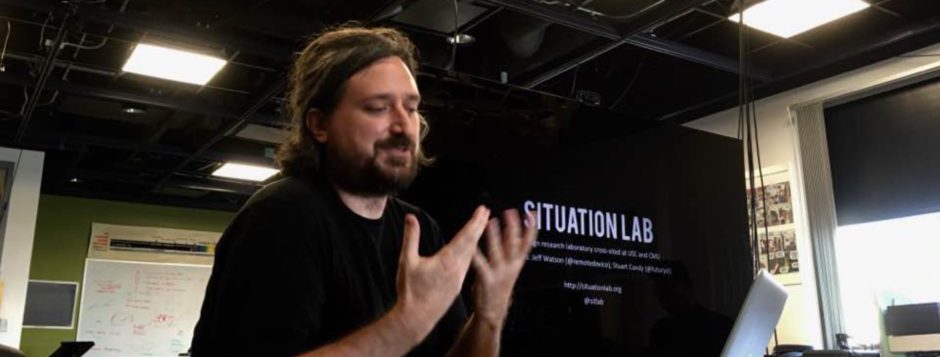This is what I want for Christmas. Talk about old-skool drum machines!
In the early days of silent motion pictures, it was realised that background music had a great influence on the audience. Before movies had sound, many picture theatres had special ‘player pianos’ to reproduce music mechanically from piano rolls. The music was meant to accentuate the mood of the film. Some player pianos were elaborately extended, with pipe organs and sound effects installed in adjacent side-cabinets, so that the accompanist could create sounds to match the action on the screen. Several of these mechanical music makers — called photoplayers – were produced and the Fotoplayer brand was one of the most popular. Fotoplayer was a trade name used by the American Photo Player Company. From a location in the front stalls or orchestra pit, the operator of a Fotoplayer would follow the action on the screen while pulling cords and pushing buttons to make sounds that brought ‘life’ to the film. The cords activated such dramatic sound effects as a pistol shot, steamboat whistle, bird chirp, cymbal crash, bass drum and wind, while the buttons activated thunder, the horse trot, telephone bell, Klaxon horn, and other strange noises. The Fotoplayer, it can be truly said, comes with bells and whistles! And all this before electronics. (powerhousemuseum.com)




